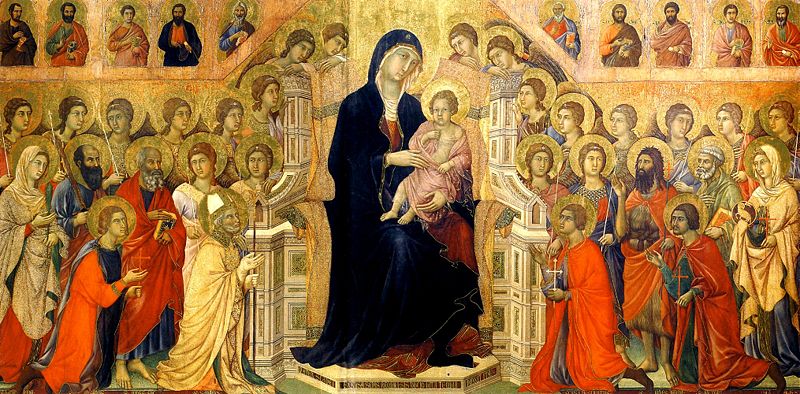
Bodies were no longer depicted as stiff and flat the illusion of movement and fluidity was becoming common practice. Medieval painters accomplished elegant design in their artwork by curving the draperies and depicting the sway and movement of the human body. Religious paintings often had gold in their backgrounds, on which heated tools were sometimes used to imprint intricate designs through a process called ‘tooling’. This introduction of Medieval paintings that portrayed non-religious subject matter and secular details allowed artists to express a variety of emotions and depict contemporary life more realistically.Īdditionally, decorative art was common in Medieval paintings. Medieval painters shifted from the rigid formulas necessitated by Romanesque painting, towards a representation of the world that was more realistic and a desire to achieve a three-dimensional effect in their painting. Medieval frescoes in the Zemen Monastery in Bulgaria Bollweevil, CC0, via Wikimedia Commons The visual arts went through a transitional period during the Medieval era, as the objectives of artists endured a radical change. These Medieval art examples could be roughly classified into fresco, panel, illuminated manuscript, and iconography painting.Īlthough Medieval artwork primarily served a religious function, there was an increase in secular subject matter that was being included in Middle Ages paintings. These narratives had a hierarchy, which was predominantly dictated by the spaces the paintings would occupy. The Medieval artwork that depicted scenes considered to be more important would occupy notable focal points in a church or altarpiece, whereas less significant scenes would radiate outwards. Medieval artists and their paintings predominantly portrayed holy figures and biblical narratives. Middle Ages paintings were rich with religious symbolism and imagery.

1500) by Diego de la Cruz Diego de la Cruz, Public domain, via Wikimedia Commons Most importantly, it reflected the sweeping popularity of Christianity.Ĭhrist of Mercy between the Prophets David and Jeremiah (between c. The mix of these sources led to the development of an incredible artistic legacy. The Medieval art period encompassed different artistic movements, involving mainly the Early Christian art movement, the Byzantine art movement, the Romanesque art movement, and the Gothic art movement.Īlthough the style of the art produced during this period varied, it was unified by various common factors. Medieval artwas established from the Roman Empire’s artistic heritage and the Early Christian church’s iconographic customs, along with the “barbarian” style of Northern Europe. What Did the Medieval Art Movement Stand For?

Ansanus (1333) by Simone Martini and Lippo Memmi

1 What Did the Medieval Art Movement Stand For?.


 0 kommentar(er)
0 kommentar(er)
